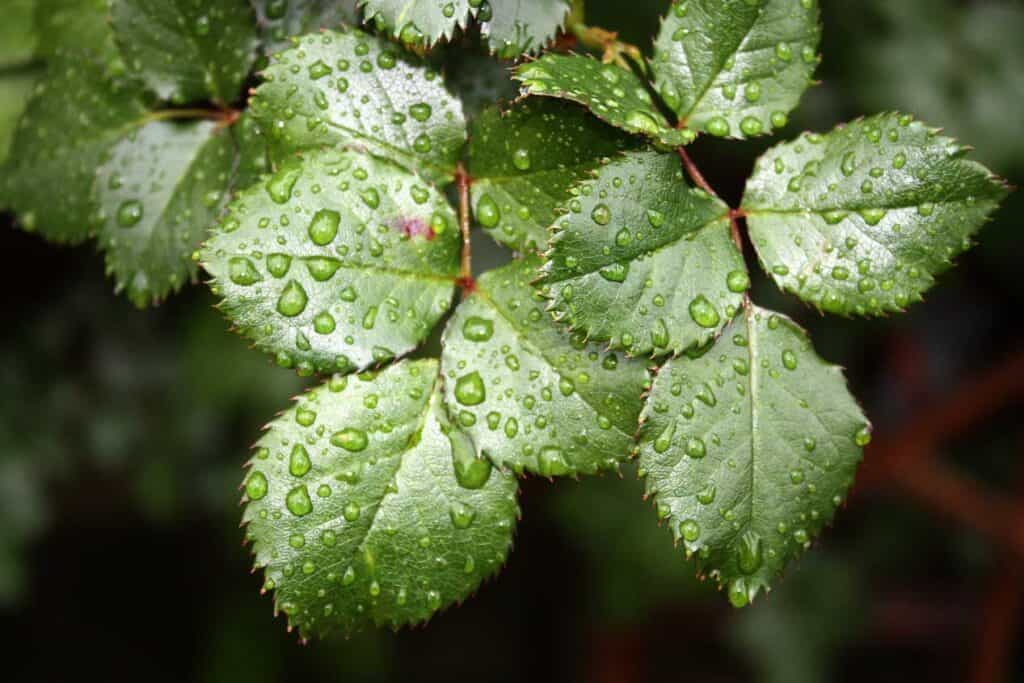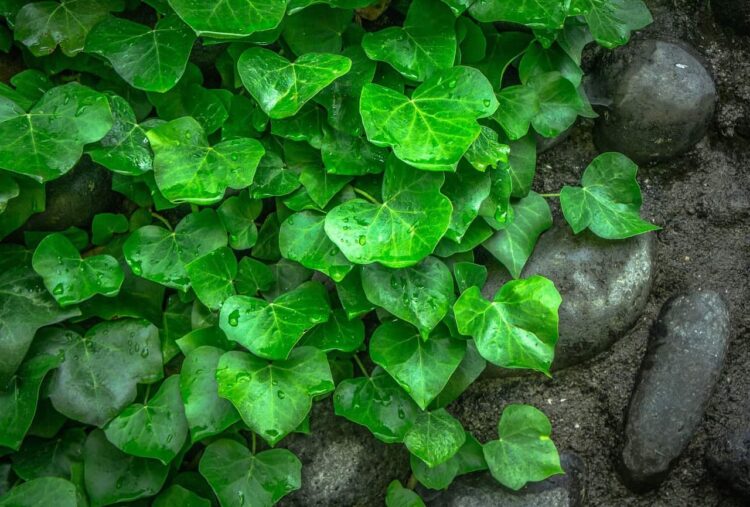Table of Contents
When a person gets a stick insect as a pet for the first time, there is a lot of responsibility that comes with it. Stick insects are fragile creatures that require gentle care at all times. Owners have to be diligent about providing the right kind of housing, the right temperature, and even the right food. The big question about food is: can stick insects eat any leaves?
No, stick insects cannot eat just any leaf. Each stick insect species has its own favorite leaf/leaves. Although these insects will not eat any leaves that are harmful to them, they will refuse to eat leaves they do not like. This could leave to starvation if no other leaves are provided.
Stick insect enthusiasts know that their favourite insects are herbivores. That means they only eat plant life. More specifically, stick insects tend to focus mainly on leaves. Which leaves depends on the species you are speaking about. There are some 3000 different species of stick insect that we currently know about.
For more advice and information on keeping and looking after stick insects, check out my ebook on Amazon click here
(opens in a new tab).

Stick Insect Diets Are Specific
Can stick insects eat any leaves? Unfortunately, there is a general misconception that stick insects can eat any green leaf. Perhaps this misconception is born out of the fact that the Indian stick insect, which just happens to be the most popular species kept as pets, has one of the most wide-ranging diets of all species.
The Indian stick insect can eat privet , ivy
, ivy , hawthorn, bramble, rose
, hawthorn, bramble, rose , oak, and hazel leaves. That is one of the reasons Indian stick insects are so popular
, oak, and hazel leaves. That is one of the reasons Indian stick insects are so popular . Their diets are wide open, and they are generally laid-back and easy-going. That makes them extremely easy to care for at home or in the classroom. But what the Indian stick insect eats
. Their diets are wide open, and they are generally laid-back and easy-going. That makes them extremely easy to care for at home or in the classroom. But what the Indian stick insect eats is not universal to all species. We cannot say that it is okay to feed a giant prickly stick insect the same kind of leaves, for example. It’s not.
is not universal to all species. We cannot say that it is okay to feed a giant prickly stick insect the same kind of leaves, for example. It’s not.
The giant prickly stick insect can eat blackberry, raspberry , oak, rose, hazel, and eucalyptus leaves. It will not eat ivy or privet leaves. This is important to know because giving a newly obtained giant prickly stick insect either ivy or privet leaves means not giving it food it will eat. The insect can starve to death before you figure out that it isn’t eating.
, oak, rose, hazel, and eucalyptus leaves. It will not eat ivy or privet leaves. This is important to know because giving a newly obtained giant prickly stick insect either ivy or privet leaves means not giving it food it will eat. The insect can starve to death before you figure out that it isn’t eating.
The reality is that stick insect diets are specific to the species you are talking about. But don’t panic if you’re new to stick insects as pets . Whoever you obtained your insect from should be able to tell you what it eats. And if not, you have my website and literally hundreds of others to consult. There is plenty of information available online.
. Whoever you obtained your insect from should be able to tell you what it eats. And if not, you have my website and literally hundreds of others to consult. There is plenty of information available online.
Some Insects Are Fussy
Something else we need to talk about is that some stick insects are pretty fussy about their diets . Where you may have an insect physically capable of surviving on a dozen different kinds of leaves, it could be that yours is particular about one or two. As strange as this sounds, it is a real thing.
. Where you may have an insect physically capable of surviving on a dozen different kinds of leaves, it could be that yours is particular about one or two. As strange as this sounds, it is a real thing.
The only way to know for sure if you have a fussy stick insect is to feed it different kinds of leaves and then observe how it responds. You could wind up with an Indian stick insect that is physically capable of eating bramble but will almost always choose privet if given the choice.
but will almost always choose privet if given the choice.
Observation is Your Tool
Observation is your best tool when it comes to feeding. First, you could observe what kinds of leaves your insects prefer among all the choices you already know they can eat. If you do notice a preference, stick with it. Stick insects are not foodies requiring a lot of variety.
Observation will also tell you if there is a plant your insect cannot eat. Know that stick insects are genetically programmed to avoid leaves that are toxic to them. So if you have a food source that you are not sure of, the worst that can happen is that your insect will go hungry because it refuses to eat. It is not going to poison itself by eating a leaf it cannot eat.
Finally, observation is often the only tool you have to know whether or not your stick insect is actually eating. This is important. If you give your insect a food it cannot eat and you do not pay attention, it could die of starvation.

Keep It Clean and Fresh
Once you determine the leaves your stick insect can eat, leave them at it. Just be sure to keep all food sources clean and fresh. Any food taken from the wild should be harvested from areas away from roads, farms, and industrial sites. Any food purchased from shops should be washed before putting it in the enclosure.
In terms of freshness, changing leaves out every couple of days is best. Leaves do not offer the same nutritional value as they decay, and they can actually be harmful to your insects in some cases. You can prolong freshness by putting leaves in a container with a bit of water. Just don’t use so much water that nymphs can drown if they accidentally fall in.
And there you have it. Now you know the answer to the question, can stick insects eat any leaves? In short, no they can’t. Each species has certain leaves it can and cannot eat. Some stick insects have wider pallets than others, but they all have limits.

